15 Consumer Stocks That Deliver Dividend Growth Like Clockwork
Slow-moving consumer stocks aren’t the sexiest investments, but those that can be relied on for regular dividend growth through both good times and bad can be a long-term investor’s best friend.

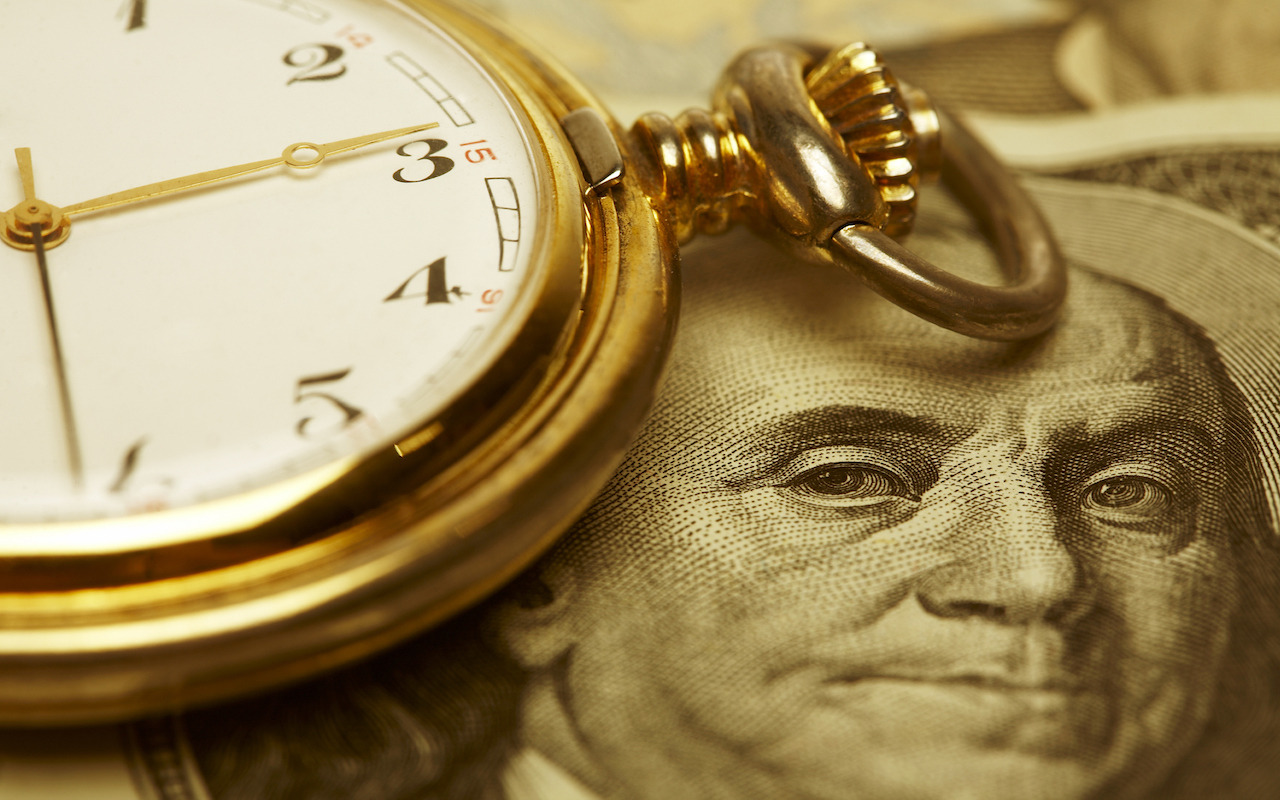
Slow-moving consumer stocks aren’t the sexiest investments, but those that can be relied on for regular dividend growth through both good times and bad can be a long-term investor’s best friend.
After all, bull markets and economic expansions don’t last forever.
“Quality dividend payers can also offer defensive, resilient businesses and current income generation to buffer against potential future (stock market) drawdowns,” writes Tony DeSpirito, director of U.S. equity investments at BlackRock.
Whether they make liquor, sell toothpaste or sling hamburgers, some of the nation’s best-known consumer companies have proven to be dividend champions. Indeed, more than a dozen of them are members of the illustrious Dividend Aristocrats – companies in the Standard & Poor’s 500-stock index that have hiked their payouts every year for at least 25 consecutive years.
And let’s not forget: Steady dividend hikes have benefits beyond letting income investors sleep better at night. Not only do annual raises make a dividend stock more alluring to new investors, they also reward existing investors with increasingly higher yields on shares purchased at lower prices in the past.
These 15 quality consumer stocks can be counted on to deliver dividend growth year after year, and they are backed by resilient businesses to boot.
Data is as of Aug. 8, 2018. Companies are listed in alphabetical order. The list of Dividend Aristocrats is maintained by S&P Dow Jones Indices. Dividend yields are calculated by annualizing the most recent quarterly payout and dividing by the share price. Dividend history based on company information and S&P data. Analysts’ ratings provided by Zacks Investment Research.
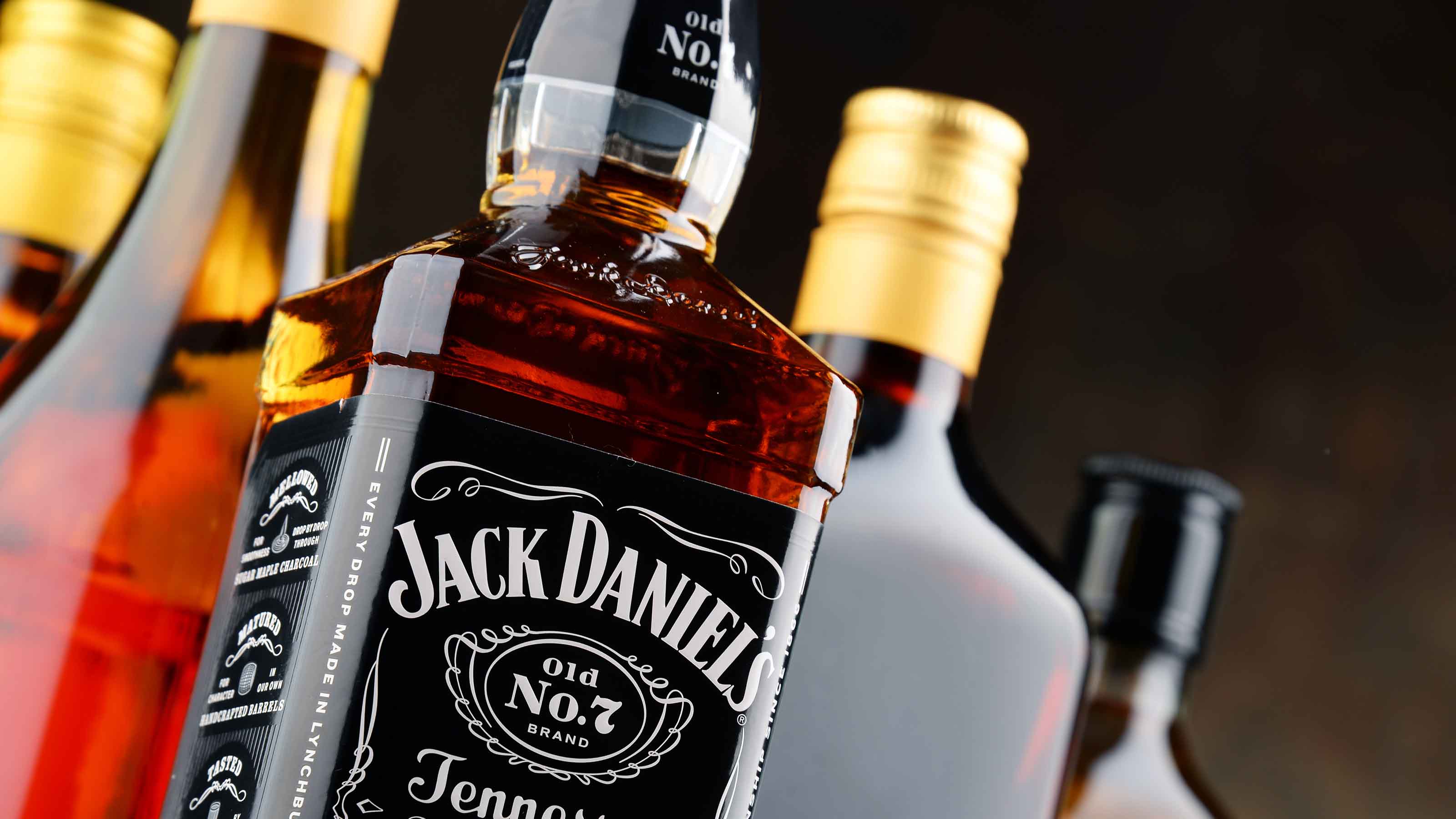
Brown-Forman
- Market value: $25.8 billion
- Dividend yield: 1.2%
- Consecutive annual dividend increases: 34
- Analysts’ opinion: 1 strong buy, 0 buy, 6 hold, 0 underperform, 1 sell
- Brown-Forman (BF.B, $53.36) is one of the largest producers and distributors of alcohol in the world. Jack Daniel’s Tennessee whiskey and Finlandia vodka are just two of its best-known brands, with the former helping drive better-than-expected growth in the most recent quarter. Tequila sales – Brown-Forman features the Herradura and El Jimador brands, among others – also are on the rise.
The company has raised its payout annually for 34 years, and has delivered an uninterrupted regular payout for 72 years.
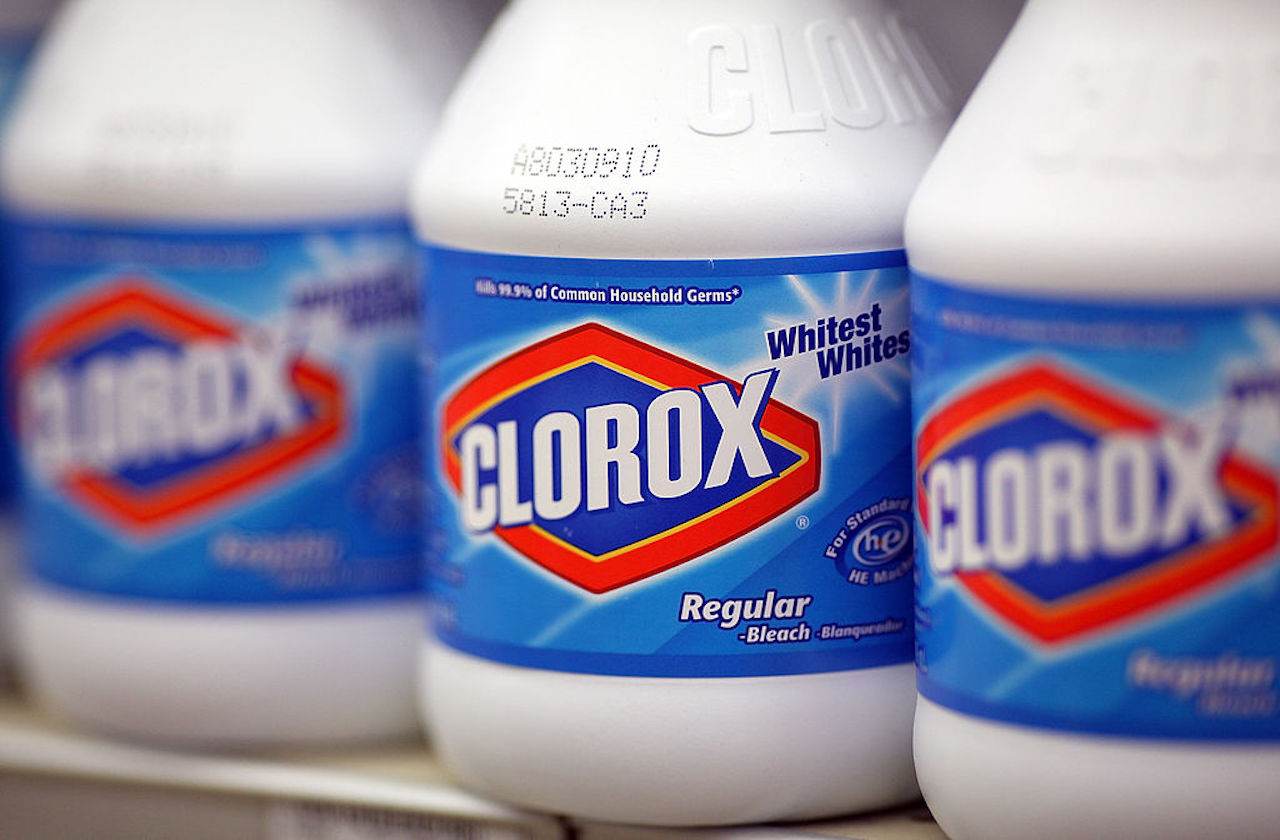
Clorox
- Market value: $18.2 billion
- Dividend yield: 2.7%
- Consecutive annual dividend increases: 41
- Analysts’ opinion: 1 strong buy, 0 buy, 9 hold, 0 underperform, 2 sell
- Clorox (CLX, $140.86), whose brands include its namesake bleaches, Glad trash bags and Hidden Valley salad dressing, beat analysts’ earnings expectations when it reported second-quarter results in early August, but revenue came up short.
In the longer run, analysts expect solid and steady growth from the consumer products company; earnings are expected to rise an average of 7.5% a year for the next five years, according to a survey of analysts by Thomson Reuters. That should apply more upward pressure on Clorox’s dividend, which has increased in size annually since 1977.
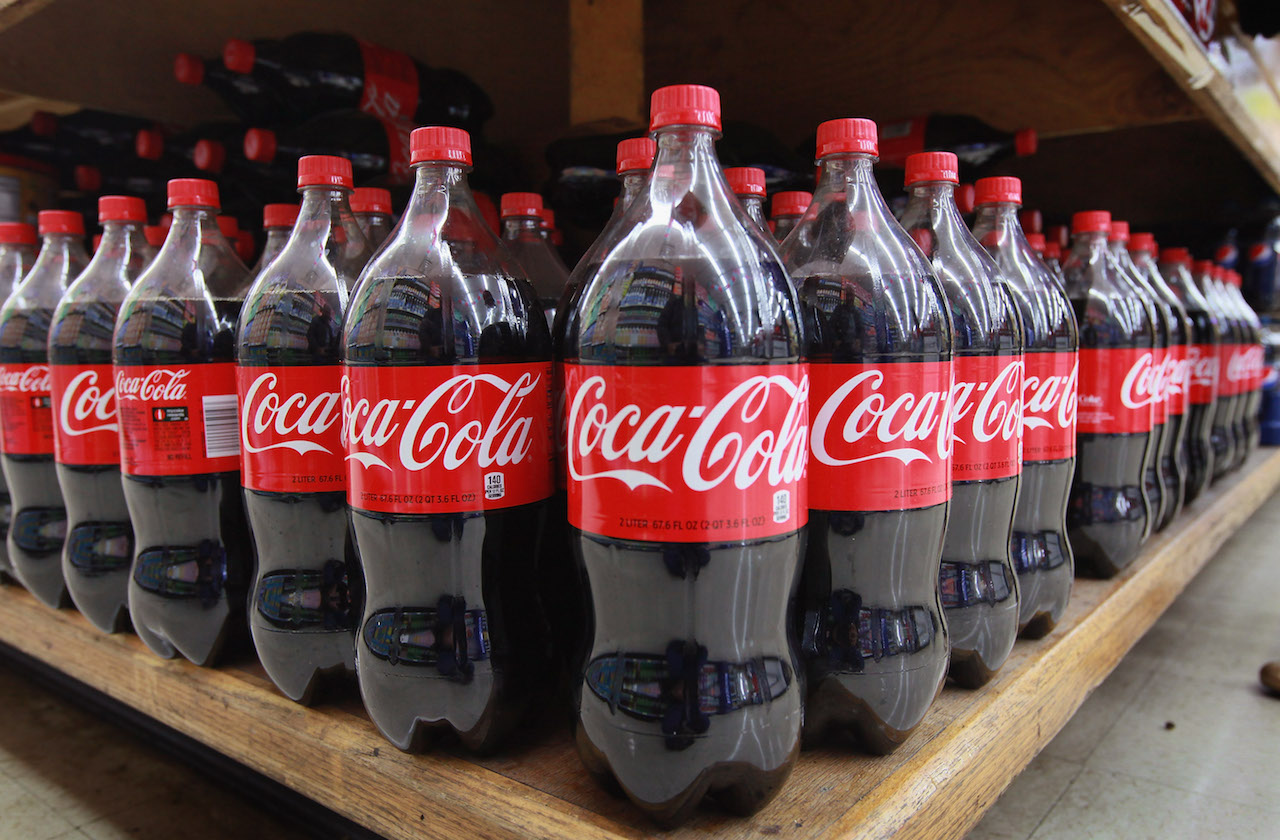
Coca-Cola
- Market value: $196.2 billion
- Dividend yield: 3.4%
- Consecutive annual dividend increases: 55
- Analysts’ opinion: 6 strong buy, 0 buy, 7 hold, 0 underperform, 0 sell
- Coca-Cola (KO, $46.15) has long been known for quenching consumers’ thirst, but it’s equally effective at quenching investors’ thirst for income. The company has paid a quarterly dividend since 1920, and that dividend has increased annually for the past 55 years.
With the U.S. market for carbonated beverages on the decline for more than a decade, according to market research, Coca-Cola has responded by adding bottled water, fruit juices and teas to its product lineup to keep the cash flowing. In addition to its namesake Coca-Cola soda, KO also sports brands such as Minute Maid, Powerade, Simply Orange and Vitaminwater.

Colgate-Palmolive
- Market value: $57.5 billion
- Dividend yield: 2.5%
- Consecutive annual dividend increases: 55
- Analysts’ opinion: 4 strong buy, 0 buy, 9 hold, 0 underperform, 2 sell
- Colgate-Palmolive (CL, $66.59) sells staples ranging from toothpaste to dish detergent, and thus demand for its products tends to remain stable in good and bad economies alike.
The company derives the majority of its sales outside the U.S., and that’s been a problem for Colgate through the first half of 2018. Revenue fell short of Wall Street’s estimates in the second quarter, hurt partly by a stronger dollar making its products more expensive overseas.
You still can count on Colgate’s dividend, however. It dates back more than a century, to 1895, and has increased annually for 55 consecutive years.
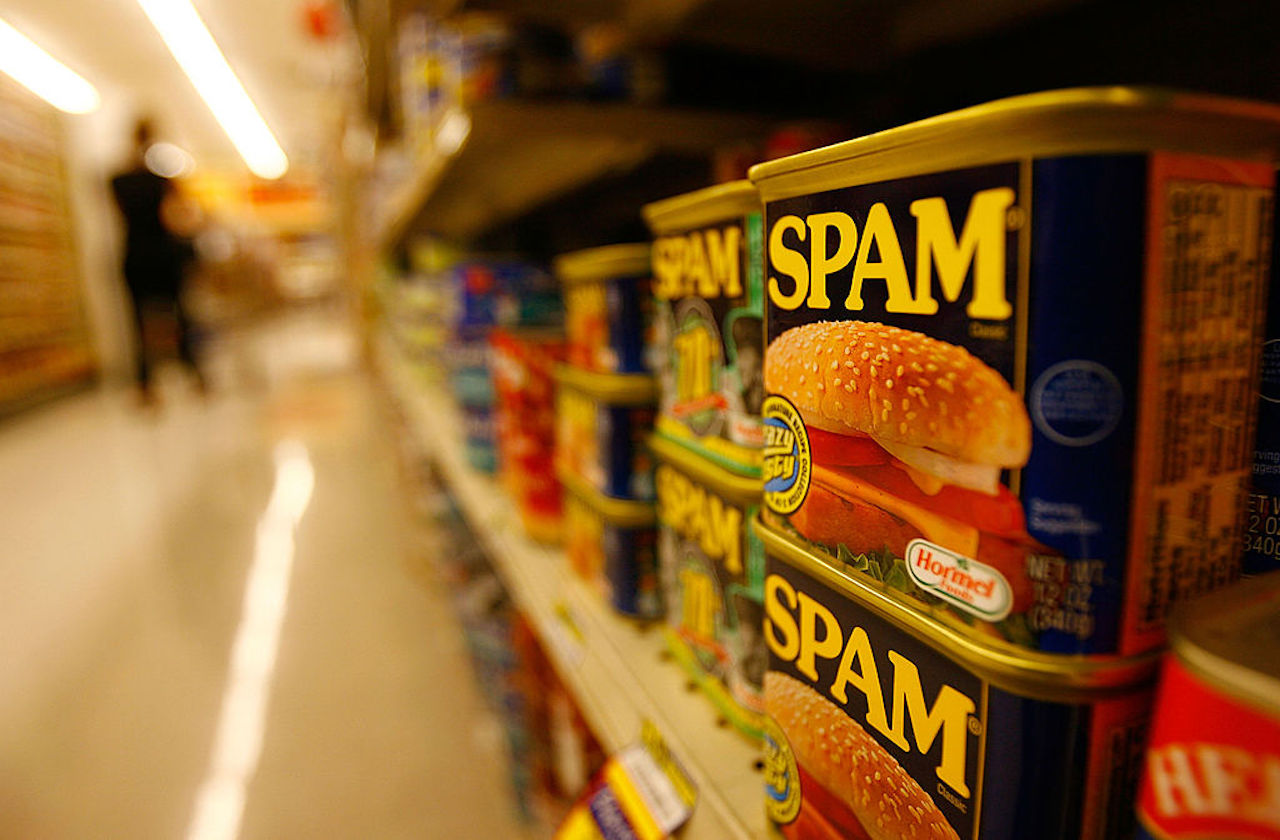
Hormel
- Market value: $19.6 billion
- Dividend yield: 2.0%
- Consecutive annual dividend increases: 52
- Analysts’ opinion: 4 strong buy, 0 buy, 4 hold, 0 underperform, 1 sell
Shares in Hormel (HRL, $37.02), the maker of Spam, have been down in the dumps recently. The stock is off about 5% over the past two years, hurt primarily by weak results from its Jennie-O turkey operations. Analysts at Zacks, however, are optimistic about the future.“Improving demand for popular brands like Hormel Black Label bacon, SPAM, Muscle Milk and Wholly Guacamole dips is currently driving Hormel Foods revenues,” they say. “Moreover, the company expects that the Make the Switch campaign this summer will bolster sales of its value-added businesses in the second half of fiscal 2018.”
And then there’s the dividend, which is as reliable as they come. Hormel has hiked its payout annually for 52 consecutive years.
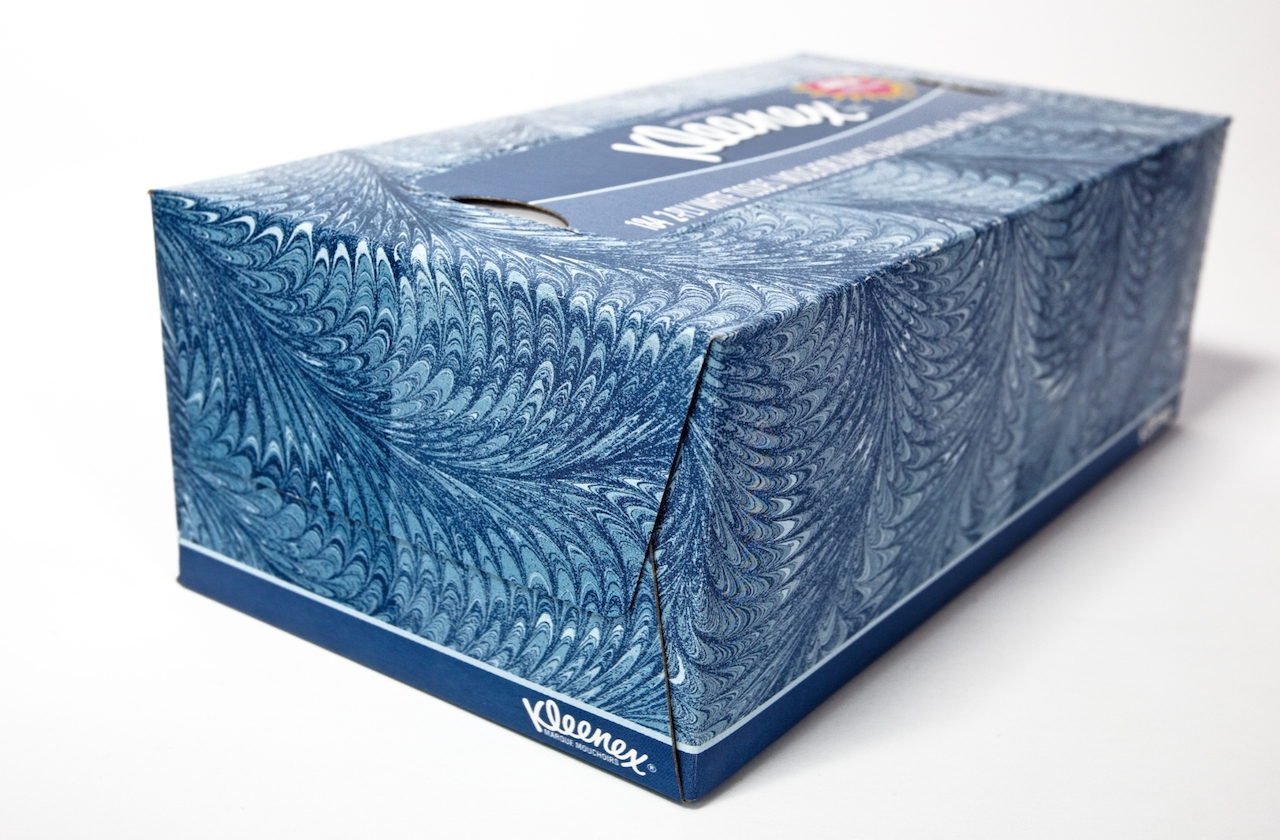
Kimberly-Clark
- Market value: $38.8 billion
- Dividend yield: 3.5%
- Consecutive annual dividend increases: 46
- Analysts’ opinion: 1 strong buy, 0 buy, 6 hold, 0 underperform, 4 sell
- Kimberly-Clark’s (KMB, $112.13) well-known brands include Huggies diapers, Scott paper towels and Kleenex tissues. Like other makers of consumer staples, Kimberly-Clark holds out the promise of delivering slow but steady growth along with a healthy dividend to drive total returns. Analysts polled by Thomson Reuters expect earnings to grow at an average annual rate of 5.7% over the next five years.
Kimberly-Clark has paid out a dividend for 83 consecutive years, and has raised the annual payout for the past 46 years.
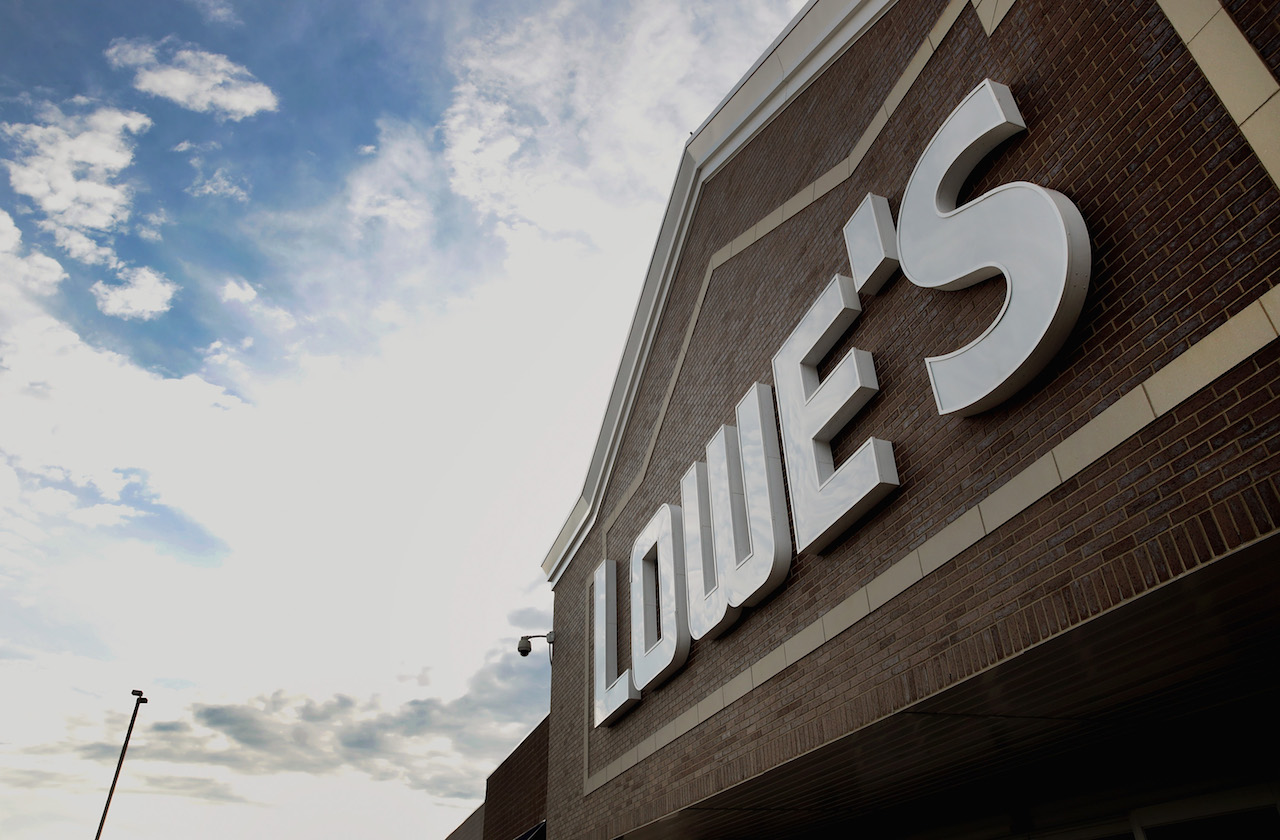
Lowe’s
- Market value: $81.7 billion
- Dividend yield: 1.9%
- Consecutive annual dividend increases: 55
- Analysts’ opinion: 17 strong buy, 3 buy, 6 hold, 0 underperform, 0 sell
Home improvement chain Lowe’s (LOW, $98.87) has paid a dividend every quarter since going public in 1961, and that dividend has increased annually for more than half a century. Rival Home Depot (HD) is also a longtime dividend payer, but its string of annual dividend increases only dates back to 2009.
Lowe’s stock is having a strong showing in 2018 after stumbling out of the gate. Shares are up 9% for the year-to-date through Aug. 8 vs. a gain of just 6% for the S&P 500. Analysts at Credit Suisse have the equivalent of a “Buy” rating on Lowe’s thanks to the strong economy, low housing inventory, elevated home values and aging housing stock.

McCormick & Company
- Market value: $15.9 billion
- Dividend yield: 1.7%
- Consecutive annual dividend increases: 32
- Analysts’ opinion: 2 strong buy, 0 buy, 4 hold, 0 underperform, 1 sell
A couple of acquisitions are expected to spice up McCormick & Company’s (MKC, $121.34) growth. The company, which makes herbs, spices and other flavorings bought RB Foods in August 2017 and Enrico Giotti in December 2016. Both acquisitions are helping to drive sale growth, Zacks notes.
Analysts expect average annual earnings growth of almost 11% for the next five years. That should provide support for McCormick’s dividend, which has been improved on an annual basis for 32 consecutive years.
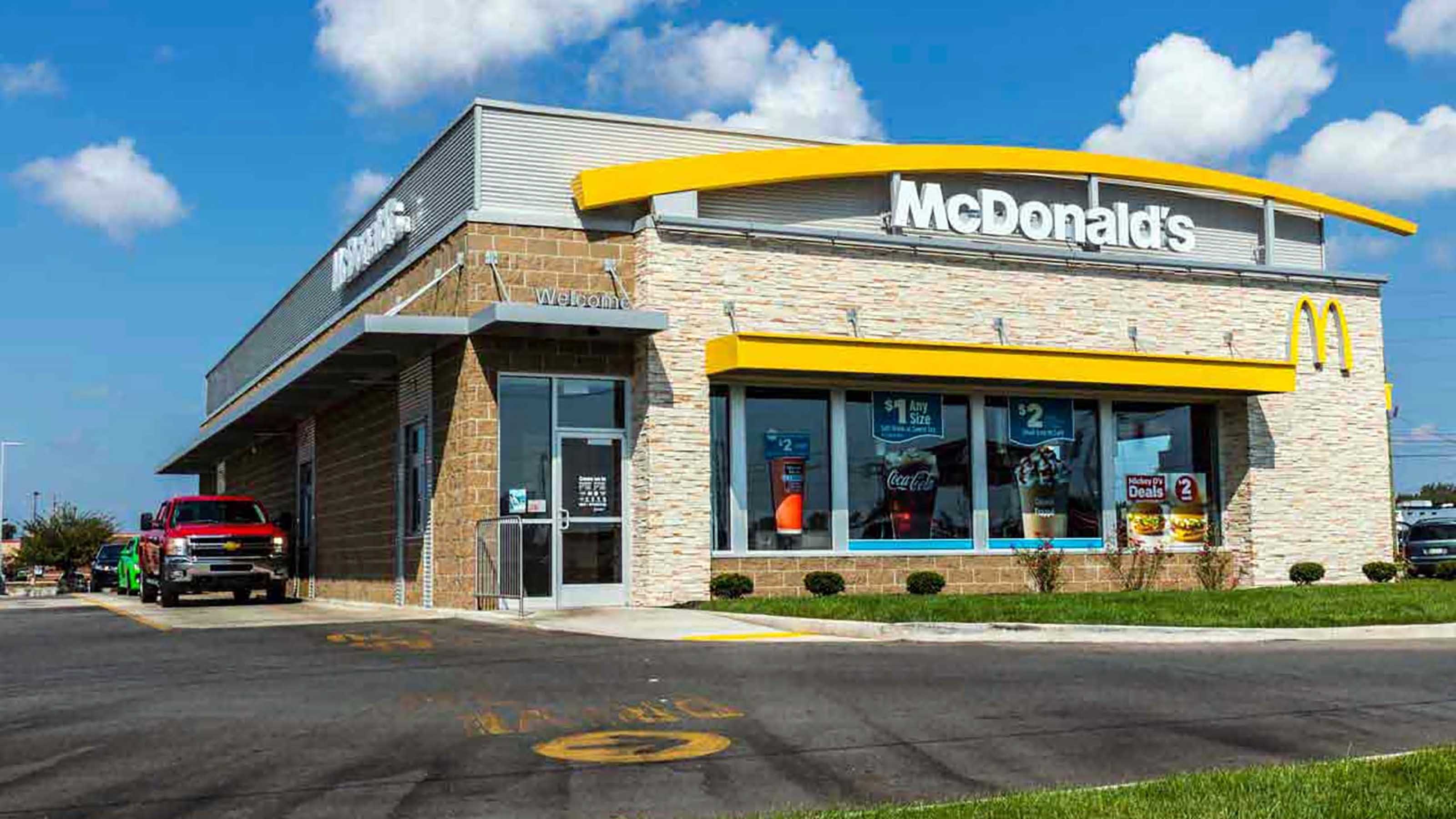
McDonald’s
- Market value: $123.5 billion
- Dividend yield: 2.5%
- Consecutive annual dividend increases: 41
- Analysts’ opinion: 13 strong buy, 0 buy, 6 hold, 0 underperform, 0 sell
The world’s largest hamburger chain also happens to be a dividend stalwart. Changing consumer tastes will always be a risk, but McDonald’s (MCD, $158.92) dividend dates back to 1976 and has gone up every year since.
Analysts expect earnings per share to increase 15% this year, and at an average annual rate of 9% over the next five years, according to data from Thomson Reuters. At the moment, McDonald’s is trying to drive growth through value, via a $1-$2-$3 menu and, more recently, a 2-for-5 mix-and-match menu.
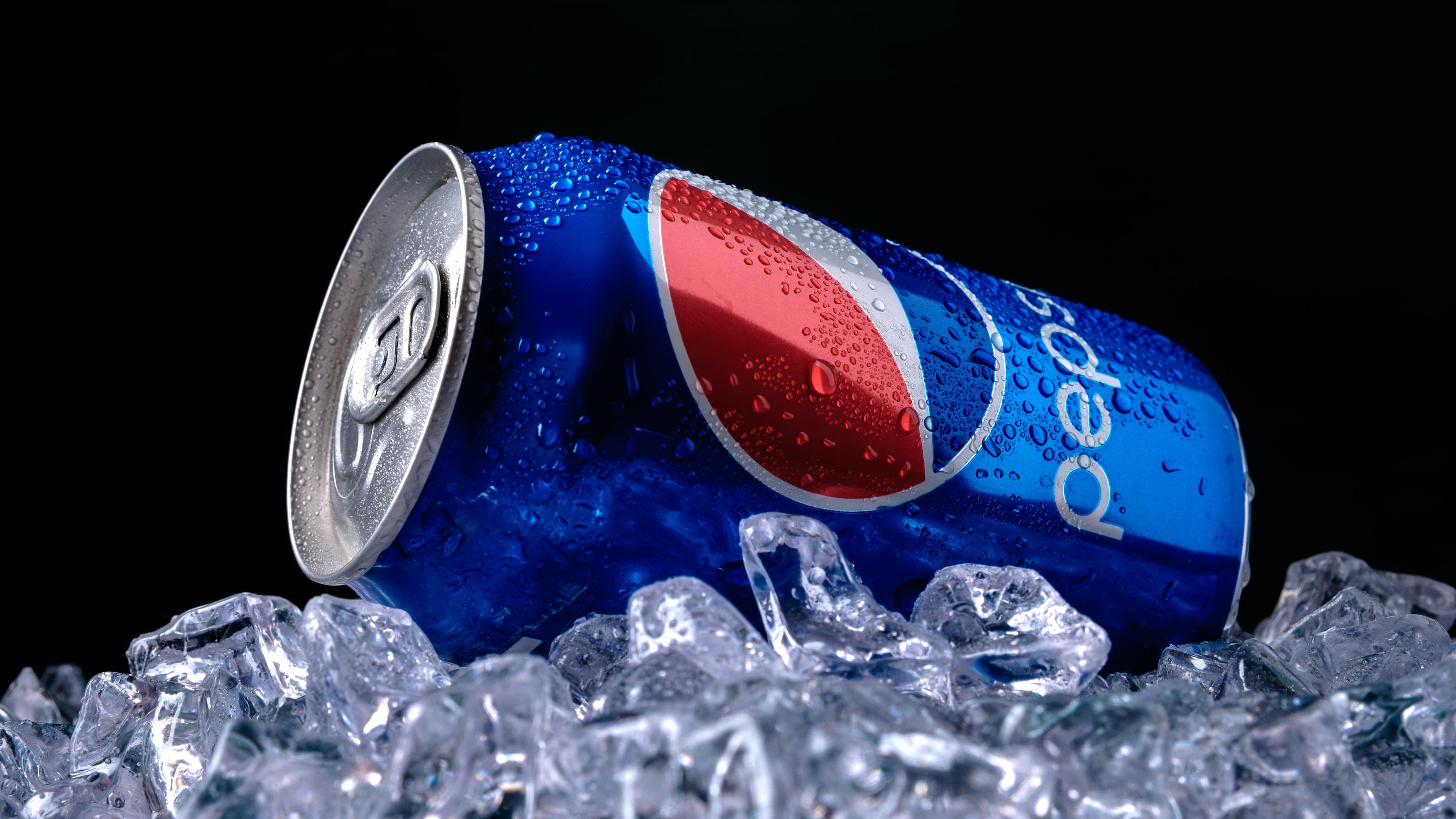
PepsiCo
- Market value: $160.9 billion
- Dividend yield: 3.3%
- Consecutive annual dividend increases: 46
- Analysts’ opinion: 7 strong buy, 1 buy, 7 hold, 0 underperform, 0 sell
Like Coca-Cola, PepsiCo (PEP, $113.49) is working against a long-term slide in soda sales. It too has responded by expanding its offerings of non-carbonated beverages. One advantage Pepsi has that Coca-Cola doesn’t is its foods business – the company owns Frito-Lay snacks like Doritos, Tostitos and Rold Gold pretzels, and demand for salty snacks remains solid.
Pepsi has paid out a quarterly dividend ever since 1965, and the company has raised the annual payout for 46 consecutive years.
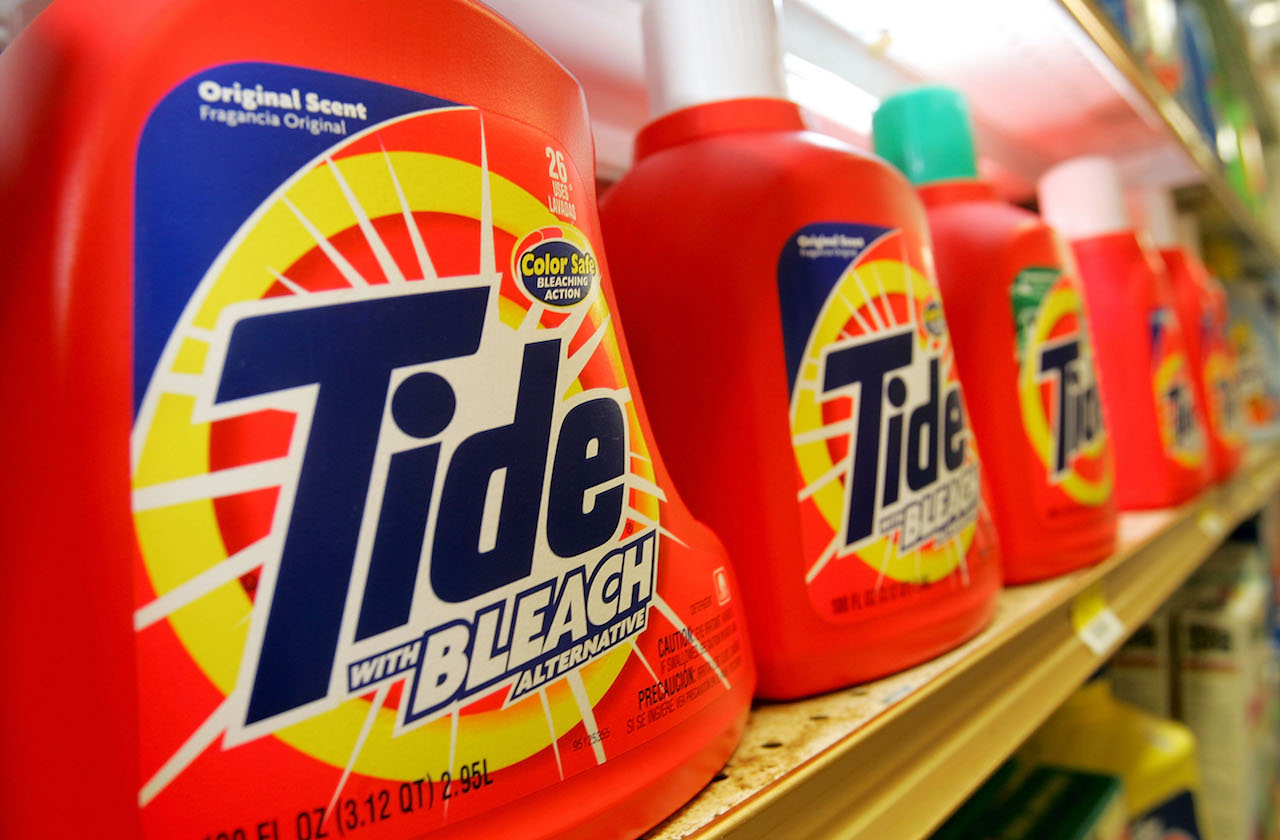
Procter & Gamble
- Market value: $203.7 billion
- Dividend yield: 3.5%
- Consecutive annual dividend increases: 62
- Analysts’ opinion: 4 strong buy, 0 buy, 11 hold, 0 underperform, 1 sell
With major brands such as Tide detergent, Pampers diapers and Gillette razors, Procter & Gamble (PG, $82.35) is among the world’s largest consumer products companies. Although the economy ebbs and flows, demand for products such as toilet paper, toothpaste and soap tends to remain stable.
That hardly makes P&G completely recession-proof, but it has helped fuel reliable dividend payments for more than a century. The company has paid shareholders a dividend since 1891 and raised its dividend annually for 62 years in a row.

Target
- Market value: $44.2 billion
- Dividend yield: 3.1%
- Consecutive annual dividend increases: 47
- Analysts’ opinion: 4 strong buy, 0 buy, 10 hold, 0 underperform, 1 sell
The No. 2 discount retail chain after Walmart (WMT) was late to the e-commerce game, but its catch-up efforts are starting to pay off. Shares in Target (TGT, $82.39) are up 43% over the past 52 weeks, vs. a gain of 16% for the S&P 500. Analysts expect earnings per share to rise 12% this year and at an average rate of 5% annually over the next five years.
Longer term, investors can have confidence in the dividend. Target paid its first dividend in 1967, seven years ahead of Walmart, and has raised its payout annually since 1972.

VF Corporation
- Market value: $37.8 billion
- Dividend yield: 1.9%
- Consecutive annual dividend increases: 45
- Analysts’ opinion: 11 strong buy, 1 buy, 6 hold, 0 underperform, 0 sell
- VF Corporation (VFC, $94.61) is an apparel company with a large number of brands under its umbrella, including Lee and Wrangler jeans and The North Face outdoor products. Most recently, it added to its brand portfolio with the acquisition of Altra Footwear in March 2018 for undisclosed terms. It bought Icebreaker Holdings – another outdoor and sport designer – for an undisclosed sum in November 2017.
Analysts expect average annual earnings growth of almost 13% for the next five years. Suffice to say, VFC’s 45-year streak of annual dividend payout increases appears safe.
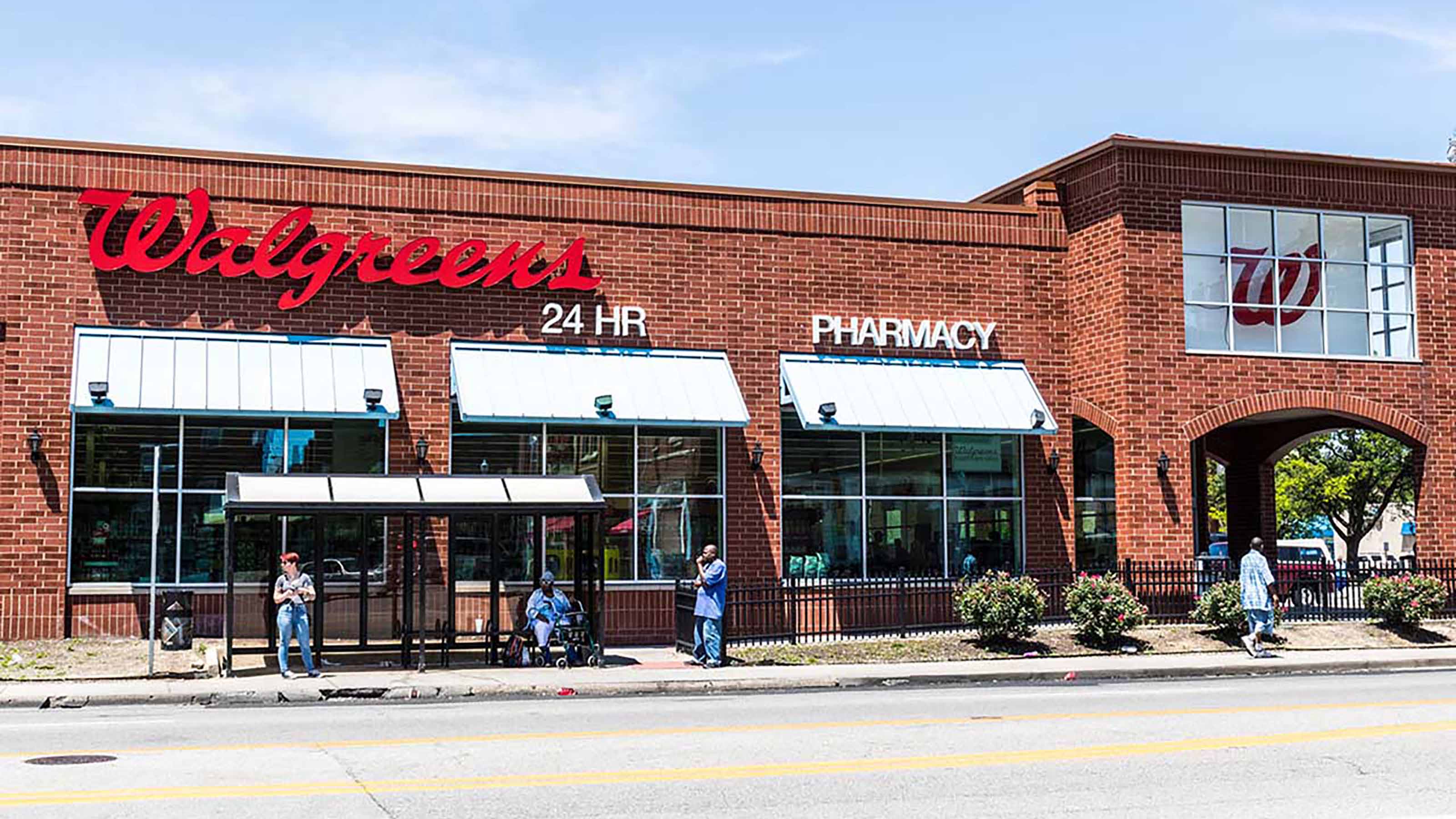
Walgreens Boots Alliance
- Market value: $65.6 billion
- Dividend yield: 2.7%
- Consecutive annual dividend increases: 43
- Analysts’ opinion: 3 strong buy, 1 buy, 13 hold, 1 underperform, 0 sell
Shareholders in Walgreens Boots Alliance’s (WBA, $66.49) have spent most of the year being scared of Amazon.com (AMZN). In June, the e-commerce giant bought online pharmacy PillPack for just under $1 billion. WBA stock plunged on the news. Even after recovering somewhat from the initial shock, shares are still down more than 11% for the year-to-date.
Tracing its roots back to a single drugstore founded in 1901, Walgreens has boosted its dividend every year for more than four decades. It merged with Alliance Boots – a Switzerland-based health and beauty multinational – in 2014 to form the current company.
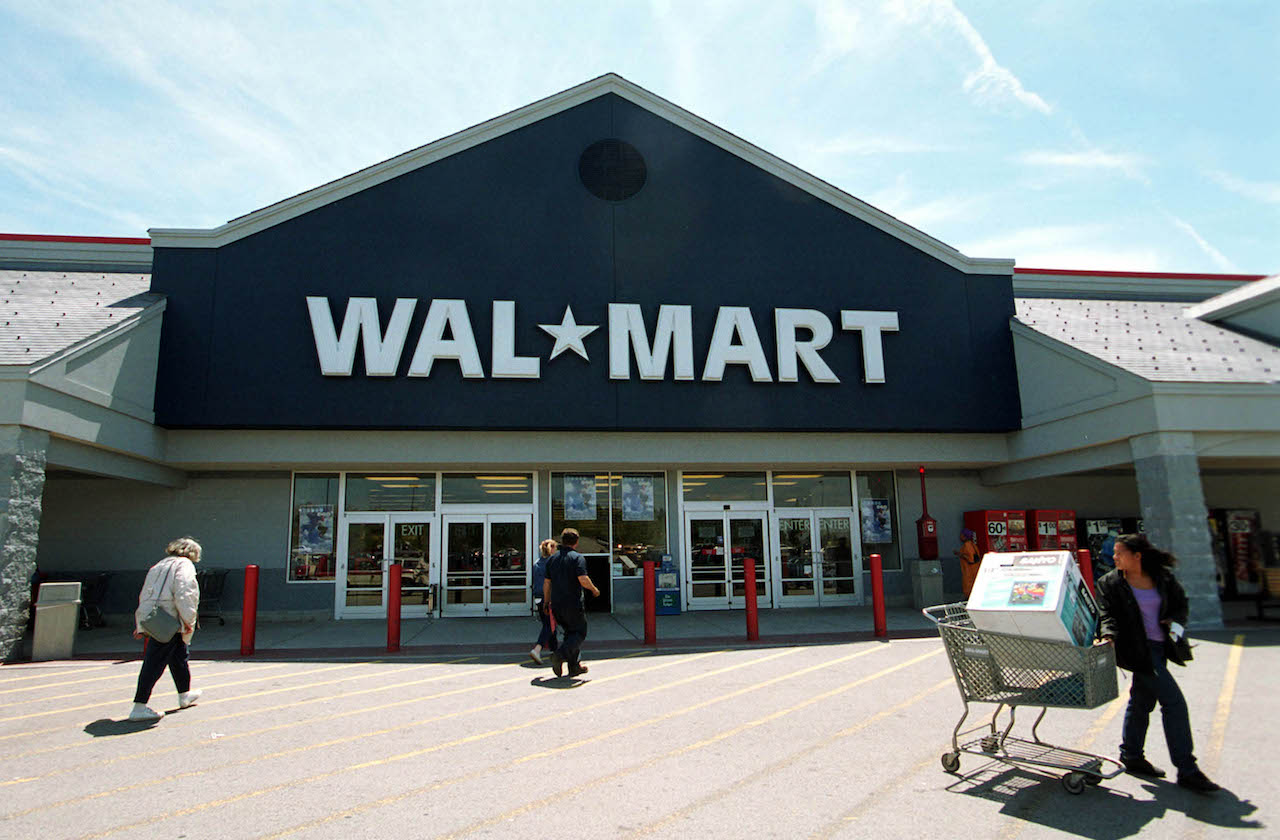
Walmart
- Market value: $263.2 billion
- Dividend yield: 2.3%
- Consecutive annual dividend increases: 43
- Analysts’ opinion: 10 strong buy, 0 buy, 12 hold, 0 underperform, 0 sell
- Walmart (WMT, $89.53) isn’t conceding the retail race to Amazon.com, even as the online juggernaut claims an ever-larger piece of the pie. The world’s largest retailer, with roughly 4,700 stores in the U.S., has hardly been passive as Amazon seduces its customers.
Walmart expects U.S. e-commerce sales to grow 40% in the current fiscal year, driven by a revamped website with a focus on fashion and home goods. The retailer is also investing heavily in its online grocery delivery service.
Walmart has been delivering meager penny increases to its dividend since 2014, but that has been enough to keep up its 43-year streak of consecutive annual payout hikes.
Profit and prosper with the best of Kiplinger's advice on investing, taxes, retirement, personal finance and much more. Delivered daily. Enter your email in the box and click Sign Me Up.

Dan Burrows is Kiplinger's senior investing writer, having joined the publication full time in 2016.
A long-time financial journalist, Dan is a veteran of MarketWatch, CBS MoneyWatch, SmartMoney, InvestorPlace, DailyFinance and other tier 1 national publications. He has written for The Wall Street Journal, Bloomberg and Consumer Reports and his stories have appeared in the New York Daily News, the San Jose Mercury News and Investor's Business Daily, among many other outlets. As a senior writer at AOL's DailyFinance, Dan reported market news from the floor of the New York Stock Exchange.
Once upon a time – before his days as a financial reporter and assistant financial editor at legendary fashion trade paper Women's Wear Daily – Dan worked for Spy magazine, scribbled away at Time Inc. and contributed to Maxim magazine back when lad mags were a thing. He's also written for Esquire magazine's Dubious Achievements Awards.
In his current role at Kiplinger, Dan writes about markets and macroeconomics.
Dan holds a bachelor's degree from Oberlin College and a master's degree from Columbia University.
Disclosure: Dan does not trade individual stocks or securities. He is eternally long the U.S equity market, primarily through tax-advantaged accounts.
-
 7 Retirement Planning Trends: What They Mean for You in 2026
7 Retirement Planning Trends: What They Mean for You in 2026From government shutdowns to market swings, the past 12 months have been nothing if not eventful. The key trends can help you improve your own financial plan.
-
 What Defines Wealth? A Christmas Tale of Legacy vs Possession
What Defines Wealth? A Christmas Tale of Legacy vs PossessionThe tale of Good King Wenceslas shows that true wealth is built through generosity, relationships and the courage to act kindly no matter what.
-
 5 Moves to Ensure the Markets Work Hard for You in 2026
5 Moves to Ensure the Markets Work Hard for You in 2026After a strong 2025 in the stock market, be strategic by rebalancing, re-investing with a clear purpose and keeping a disciplined focus on your long-term goals.
-
 What Fed Rate Cuts Mean For Fixed-Income Investors
What Fed Rate Cuts Mean For Fixed-Income InvestorsThe Fed's rate-cutting campaign has the fixed-income market set for an encore of Q4 2024.
-
 The Most Tax-Friendly States for Investing in 2025 (Hint: There Are Two)
The Most Tax-Friendly States for Investing in 2025 (Hint: There Are Two)State Taxes Living in one of these places could lower your 2025 investment taxes — especially if you invest in real estate.
-
 The Final Countdown for Retirees with Investment Income
The Final Countdown for Retirees with Investment IncomeRetirement Tax Don’t assume Social Security withholding is enough. Some retirement income may require a quarterly estimated tax payment by the September 15 deadline.
-
 The 24 Cheapest Places To Retire in the US
The 24 Cheapest Places To Retire in the USWhen you're trying to balance a fixed income with an enjoyable retirement, the cost of living is a crucial factor to consider. Is your city the best?
-
 Dividends Are in a Rut
Dividends Are in a RutDividends may be going through a rough patch, but income investors should exercise patience.
-
 Bond Basics: How to Reduce the Risks
Bond Basics: How to Reduce the Risksinvesting Bonds have risks you won't find in other types of investments. Find out how to spot risky bonds and how to avoid them.
-
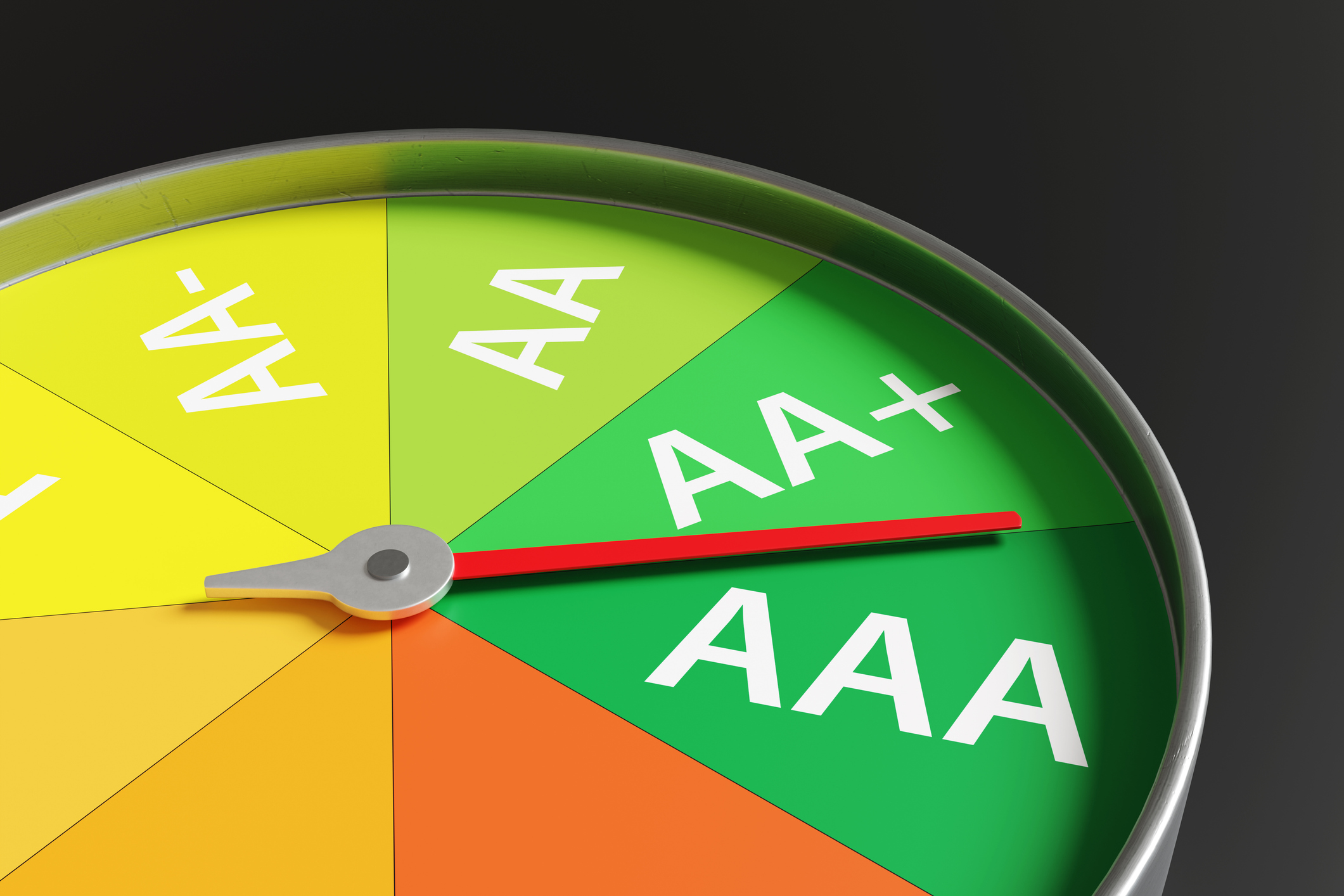 Bond Ratings and What They Mean
Bond Ratings and What They Meaninvesting Bond ratings measure the creditworthiness of your bond issuer. Understanding bond ratings can help you limit your risk and maximize your yield.
-
 Municipal Bonds Stand Firm
Municipal Bonds Stand FirmIf you have the cash to invest, municipal bonds are a worthy alternative to CDs or Treasuries – even as they stare down credit-market Armageddon.
